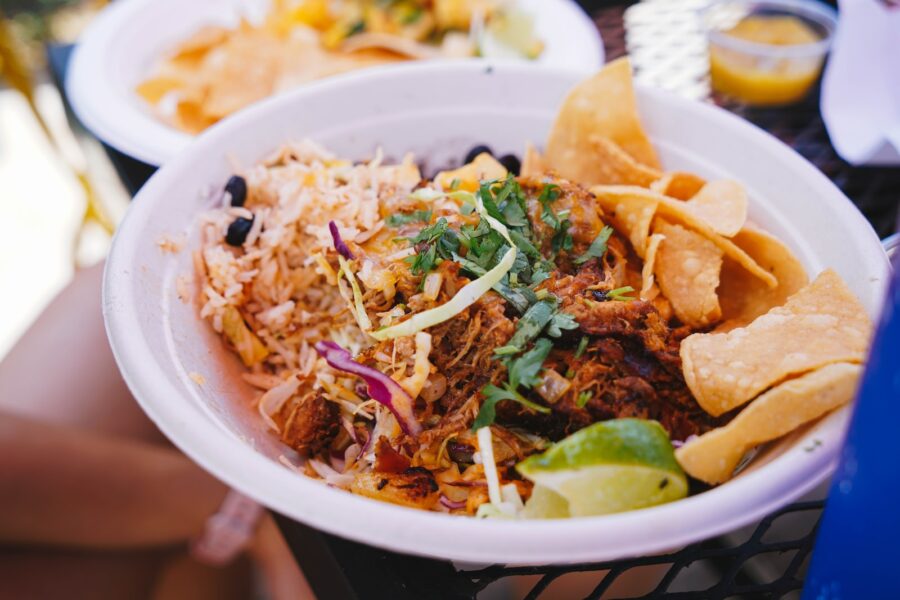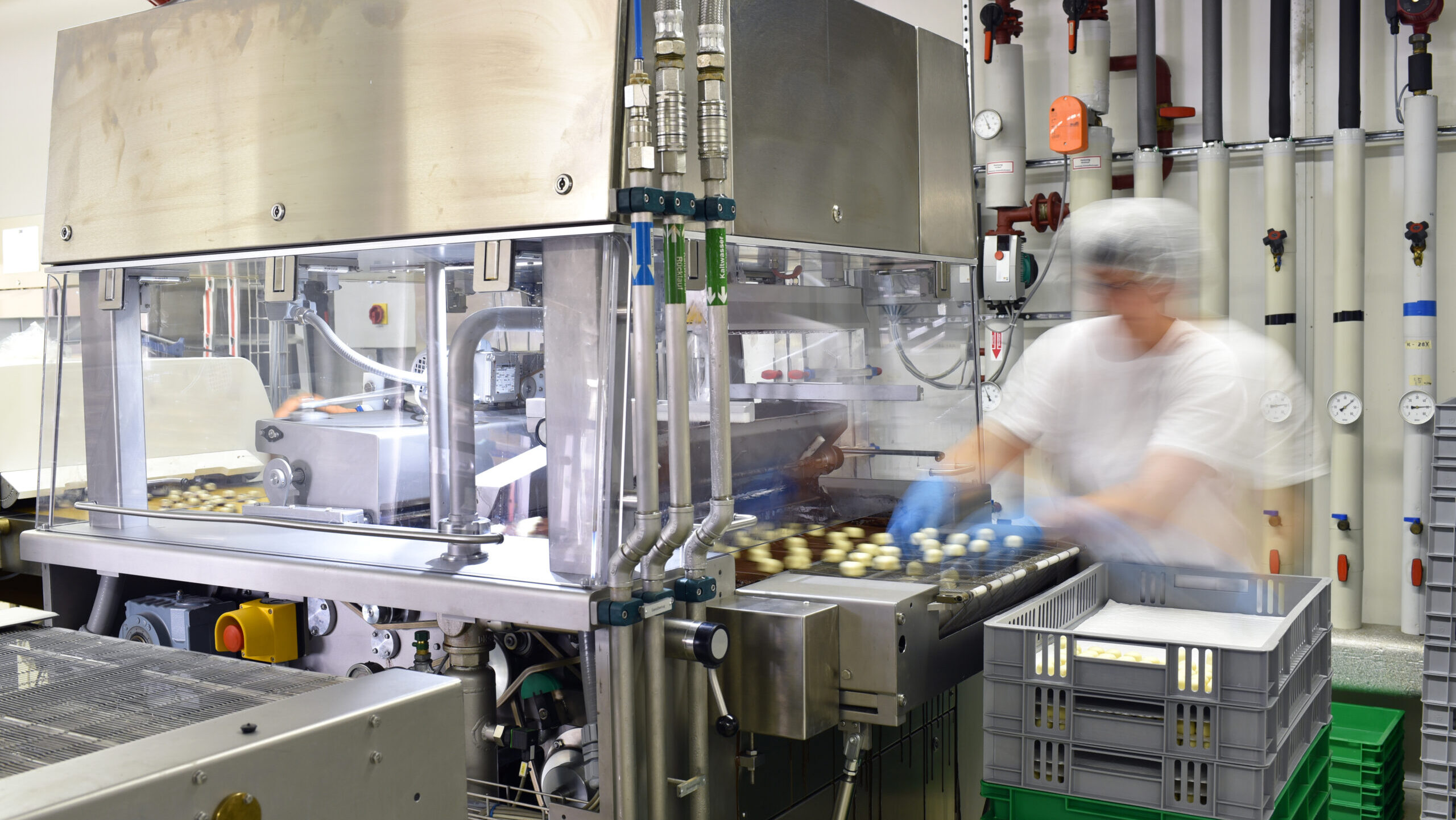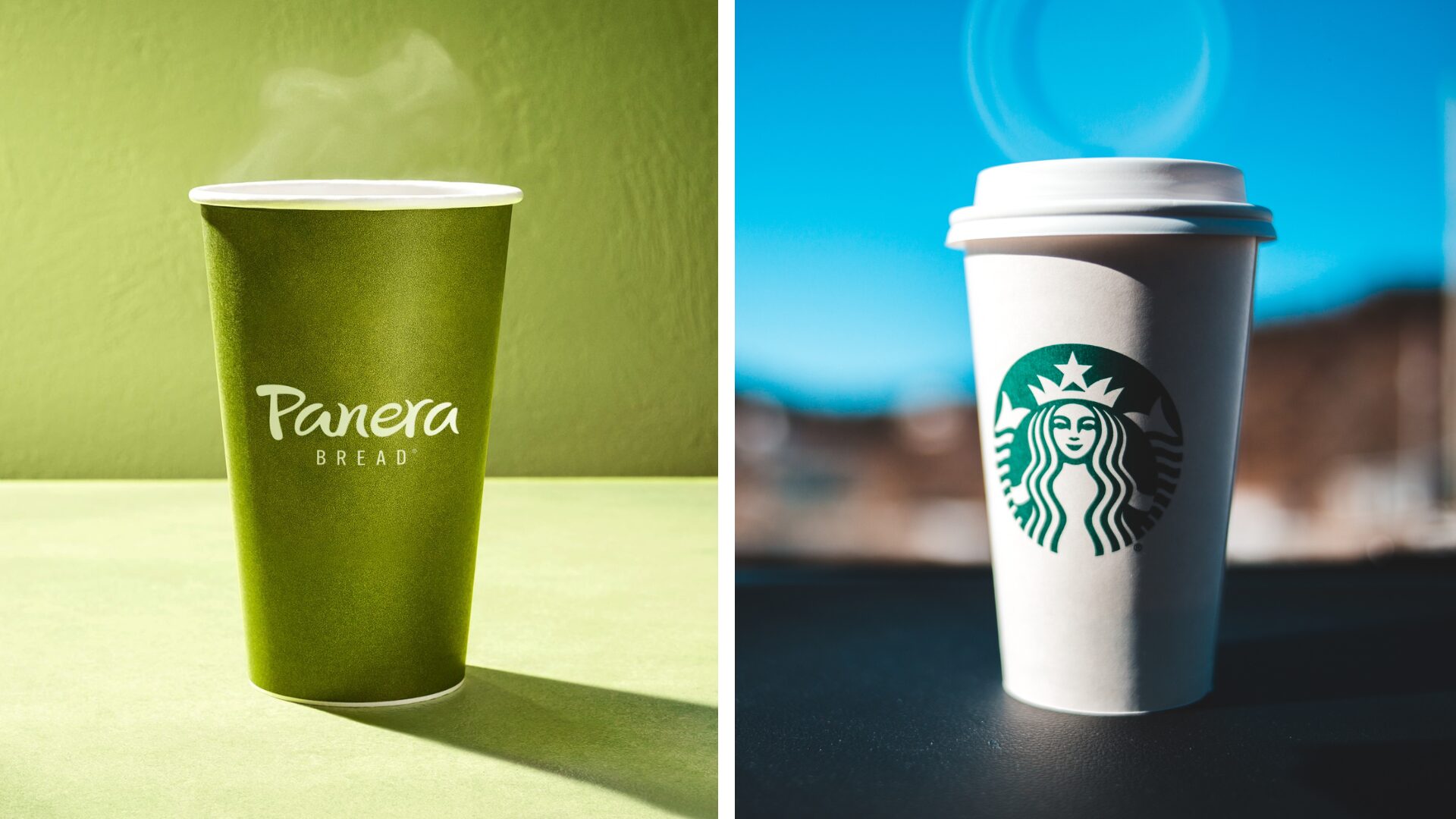It’s difficult to project how the fast-casual industry will perform in a recession. The current version of the industry hasn’t really seen one.
To be sure, the fast-casual concept predates the financial crisis of the late 2000s. But the industry’s reach has exploded in the intervening years.
At the end of 2007, Chipotle had over 700 restaurants. As of June 30 this year, the burrito chain had 2,999 locations in the U.S. Meanwhile, during the same period, Sweetgreen’s restaurant count went from one to over 150; it plans to double the figure over the next three to five years. And, sandwich chains have added tens of thousands of locations nationwide.
It’s similarly difficult to predict how fast-casual restaurants will perform in an inflationary environment. Inflation hasn’t been this high in four decades. But, as The Food Institute wrote in March, there are real worries about what inflation could mean for the industry. As that report asked, will customers pay $20 for a fast-casual meal?
It’s a valid question – and it’s clearly a question investors are asking at the moment. Fast-casual stocks have been among the biggest victims of the market-wide sell-off seen this year. An equal-weight basket of several fast-casual stocks – including Sweetgreen, Wingstop, Shake Shack, Portillo’s, Noodles & Company, and Fiesta Restaurant Group — is down 36% so far in 2022.
That’s nearly double the 19% decline in the Standard & Poor’s 500.
Inflationary pressures are a big reason why. Younger chains have been able to offset cost increases thanks to growth in customer count. More mature operators have not.
In the second quarter, restaurant-level margins for El Pollo Loco, for example, plunged to 15% of revenue from 20.8% the year before; Fiesta too saw its margins compress by more than five percentage points. Noodles & Company’s overall operating margin dropped to just 1.4% in the quarter against 4.9% in Q2 2021.
Those chains — and no doubt private operators, as well — are planning pricing increases to offset soaring costs for food and labor. But, again, it’s not at all clear that consumers are willing to pay higher prices.
Nor is there any certainty that cost pressures won’t continue, negating the boost from that pricing.
But the industry can find one potential piece of good news by looking to its leader. Chipotle stock is down only 3% so far this year, and has rallied 42% off lows reached in June.
The key catalyst was a strong second quarter earnings report, in which Chipotle showed that it could pass along pricing increases. Same-restaurant sales increased 10%, and profit margins at the restaurant level expanded.
The hope for the industry is that other operators can follow suit. But those operators should mind another piece of Chipotle history. In 2007, Chipotle’s same-restaurant sales increased 7.6%. Two years later, at the height of the financial crisis, same-restaurant sales growth plunged to just 2.2%.
Chipotle is managing through inflation – but it struggled through a recession. What scares investors, and executives, is what happens if both arrive at the same time.
Vince Martin is an analyst and author whose work has appeared on multiple financial industry websites for more than a decade. He’s the lead writer at Overlooked Alpha, which offers market-wide and single-stock analysis every week.












